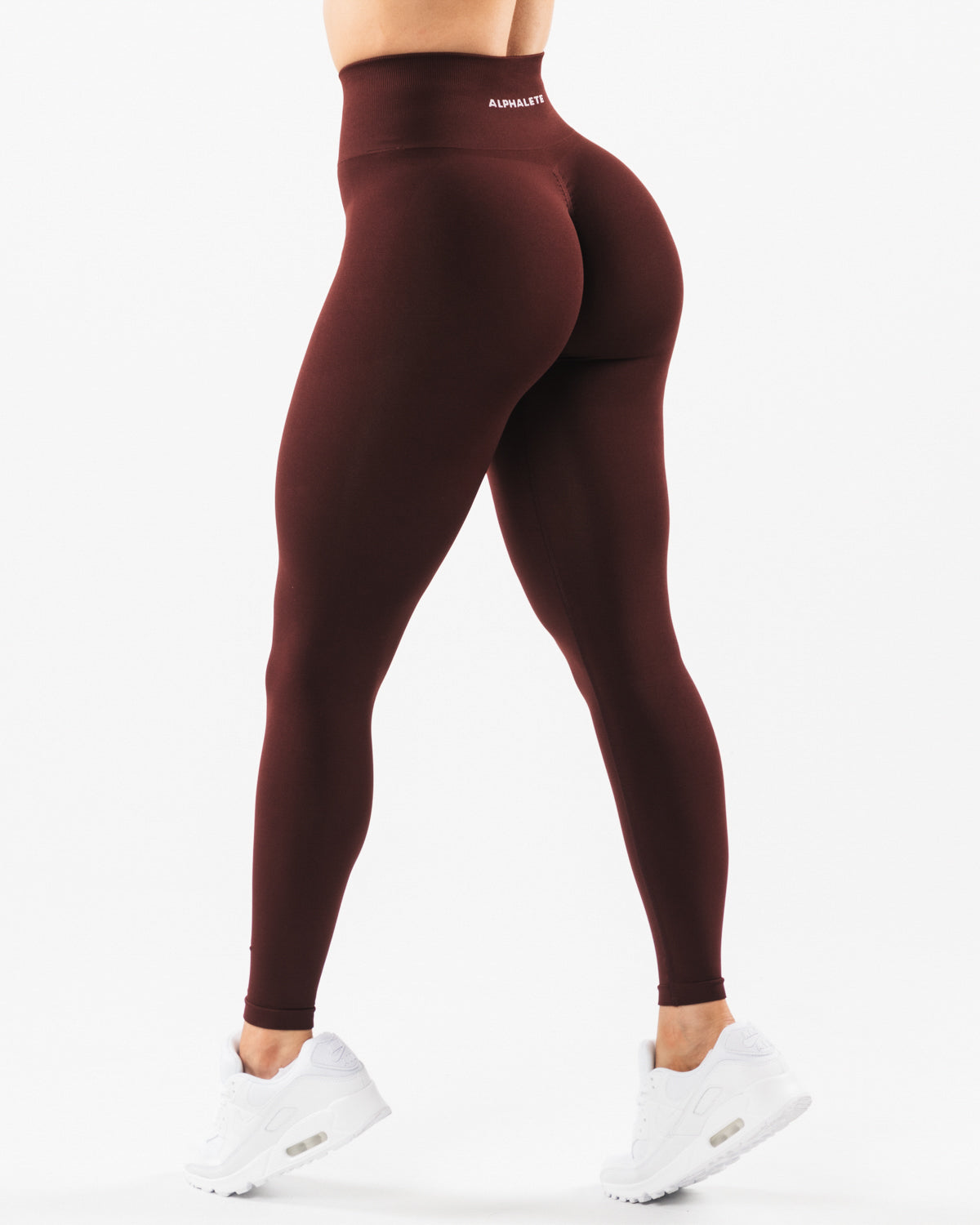How Are Seamless Leggings Made? Activewear Secrets

How Are Seamless Leggings Made?
Seamless leggings have become a staple in the world of activewear, with brands like Gymshark and Alphalete showcasing their popularity. But what exactly are seamless leggings, and how are they manufactured? In this blog post, we delve into the world of seamless production, exploring its advantages, challenges, and the impact it has on the activewear market.
What are Seamless Leggings?
Seamless leggings are unique products created without traditional seams, achieved through a sophisticated knitting process using microfiber yarns. This method involves knitting along a continuous tube or circular path, resulting in a smooth and durable finish. While the concept may sound straightforward, the manufacturing process is both innovative and intricate, offering numerous benefits over conventional cut-and-sew techniques.
Advantages of Seamless Production
Seamless production offers several key advantages over traditional cut-and-sew methods. Let's explore these benefits:
Time and Effort Savings: Unlike traditional manufacturing, seamless production requires fewer steps. It's a streamlined process, reducing the time and effort needed to create each garment.
Flexibility in Design: One of the standout features of seamless leggings is the flexibility to create intricate and appealing designs. Knitting patterns and textures directly into the fabric allows for unique and eye-catching aesthetics.
Quality Control: Seamless production minimizes variations in quality between garments. Each piece is created individually by a machine, reducing the risk of errors and ensuring consistent product quality.
Faster Lead Times: Businesses can benefit from shorter lead times with seamless production, making it easier to keep up with market demand and stay competitive.
Durability: Seamless leggings are known for their durability and longevity, thanks to the controlled manufacturing process.

Alphalete Women's Seamless Scrunch Legging
Challenges of Seamless Production
While seamless leggings offer numerous advantages, there are some challenges associated with this production method:
High Initial Costs: Seamless machines, such as Santoni machines, require a substantial upfront investment. This makes them accessible only to certain facilities and not ideal for startups.
Skilled Labor: Operating seamless machinery demands a higher level of skill, leading to increased labor costs and, consequently, higher prices for customers.
Minimum Order Quantities (MOQs): Due to the investment required, manufacturers often set higher MOQs, making them less accessible to small-scale businesses.
Potential Wastage: In seamless production, a small defect during the knitting process can lead to the entire garment's rejection, potentially resulting in wastage.

Considerations for Your Brand
Seamless manufacturing may not be suitable for all types of garments or brands. Factors like aesthetics, target audience, and budget should be considered when deciding whether to opt for seamless production. While seamless leggings excel in certain areas, such as flexibility and quality, they may not be the best fit for structured outerwear.
In Conclusion
Seamless leggings have revolutionized the activewear industry, offering a combination of style, comfort, and quality. Understanding the seamless production process and its pros and cons can help brands make informed decisions about integrating these sleek and flexible garments into their product lineup. Whether you're a fitness fashion enthusiast or a business owner, seamless leggings are undoubtedly a remarkable innovation worth exploring.
Ready to launch your own fashion brand? FittDesign is your go-to destination for all your brand's needs. From conceptualizing your brand identity to crafting stunning product designs, we're here to guide you every step of the way. Our team of experts will help transform your dream into a thriving fashion business. Contact us now and unlock the potential of your unique fashion vision!
About FittDesign
FittDesign is a full-service design and production company specializing in the sportswear and activewear industry. We provide comprehensive solutions including innovative design, detailed technical packs, and high-quality manufacturing. Our expertise supports brands in creating functional and durable sportswear that meets the demands of a competitive market.
Ready to Bring Your Activewear Vision to Life?
Contact Us today and let’s get started on your project!
